Ecological footprint
Visual summary
What is the EU?
What is a human right?
Culture of Peace in schools
Anthem of Europe: Ode to joy
Day of Peace 2022
Child Protection
Visual summary
European Union Facts
The EU or European Union is a union of European member countries. The EU is a political economic union of countries that are located on the European continent.
Of the 50 countries in Europe, 28 belong to the European Union (EU), but the European Union will change on 31 January 2020 and loose one member country. Do you know which one?
Please note that the European Union member countries all are independent and sovereign countries with their own governments, own legislation and own constitutions.
Top 20 EU Facts
1. In March 2022, the EU has 27 members. These 27 member countries are:
- Founders in 1957
 Belgium
Belgium France
France West Germany (later just Germany)
West Germany (later just Germany) Italy
Italy Luxembourg
Luxembourg Netherlands
Netherlands
- Joined in 1973
- Joined in 1981
- Left in 1985
- Joined in 1986
- Joined in 1995
- Joined in 2004
- Joined in 2007
- Joined in 2013
Left in 2020
3. The European motto is ‘United in Diversity’ and this motto was first used in 2000.
4. The European anthem is a melody that was composed by German composer Ludwig van Beethoven in 1823.
The melody is part of Beethoven’s Ninth Symphony and referred to as “Ode to Joy” The anthem only consists of the musical tunes, there are no words to the anthem. The anthem is played at official ceremonies of the EU or when several countries share an European event.
5. The EU is home to 513 million inhabitants in total living in the member countries. Thus the EU is the third largest population after China and India.
6. Largest country by land area in the European Union is France, while the biggest EU country by population is Germany.
7. Smallest country of the EU by land area and population is Malta.
8. Largest city in the EU: London in the United Kingdom with almost 9 million inhabitants was the EU's biggest city until 31 January 2020.
Since Brexit, Berlin in Germany is the biggest city with a population of 3.7 million inhabitants. Other big EU cities are Madrid/Spain, Rome/Italy and Paris/France but they have less than 3 million people.
9. Richest and poorest in the EU: The richest country with the highest GDP per capita is Luxembourg while the poorest country with the lowest GDP per capita is Bulgaria.
10. What is the European Union? The EU is a political and economic union that have common institutions and an EU parliament. The member states of the EU share common interests and common values.
The main purpose is to uphold peace, promote economic and social solidarity and bring the European people together. There is freedom to move in the European Union so people from a EU country can live, work and study in any other European country.
11. When was the EU formed? The first European Union was formed by six countries in 1958 although it was not called 'European Union' then.
The six founding countries are Germany, France, Italy and the three Benelux countries (Belgium, the Netherlands and Luxembourg).
12. A little history on the EU: The idea to form a common union was introduced by Robert Schuman, foreign minister of France, already in 1950.
The European Union as is was first established with the Treaty of Maastricht in 1993. The final EU constitution came into effect with the Treaty of Lisbon in 2009 which also established the election of a common president for the European Council.
13. Important EU cities: Four cities are very important for the European union:
- Brussels in Belgium (EU headquarters)
- Strasbourg in France (European Parliament)
- Frankfurt/Main in Germany (European Central Bank)
- Luxembourg City in Luxembourg (seat of the European Parliament and the European Court of Justice)
The EU capital city is Brussels, which is the capital city of Belgium.
14. The presidency of the Council of the European Union rotates every six months. The Council of the EU represents the governments of the member states and the presidency is held by the national government’s head of state.
The EU council is led from January to June 2022 by France, then from July to December 2022 by the Czech Republic.
15. There are three important bodies within the European Union:
- The EU Parliament that consists of directly elected members who represent the people of their member country.
- The EU Council that consists of the heads of state of the member countries who make the decision for and support the decision made prior in their country.
- The EU Commission represents the interests of the European Union member states and the proposes new laws that the parliament and the council then discuss and can then adopt.
16. Therefore there are three leaders of the European Union:
17. Languages in the EU: There is no single European language, as all languages are considered equal and shall be respected by all people in the European Union. Thus all information is available in 24 languages:
The 24 official languages used in the European Union are:
The history of the European Union: Every year (1952-2020)
- The modernisation of Spain during the Restoration.
- Important culturaland political figures of the Restoration.
- The loss of the last overseas territories.
- The beginning and end of the Second Republic, the Civil War and life in Spain post war.
- Important dates and events of the current democracy.
The start of the 20th century was the continuation of the Restoration, which began when Alfonso XII became king in 1874. The Restoration ended in 1923, when Primo de Rivera became dictator. In 1931 the Second Republic was established. (Al inicio del siglo XX, en España seguía vigente el sistema de la Restauración que había comenzado cuando Alfonso XII se convirtió en rey en 1874. La Restauración terminó en 1923, cuando Primo de Rivera se convirtió en dictador. En 1931 se estableció la Segunda República).
* After Alfonso XII died in 1885, Spain was ruled by his wife María Cristina until Alfonso XIII turned 16 in 1902. During Alfonso XIII’s reign Spain experienced political and social conflict. (Tras la muerte de Alfonso XII en 1885, España fue gobernada por su mujer, María Cristina, hasta que Alfonso XIII cumplió 16 años en 1902. Durante el reinado de Alfonso XIII, España experimentó conflictos políticos y sociales).
* Because of these problems, there was a military coup in 1923. With Alfonso XIII’s support, General Miguel Primo de Rivera established a dictatorship. (Debido a estos problemas, hubo un golpe militar en 1923. Con el apoyo de Alfonso XIII, el general Miguel Primo de Rivera estableció una dictadura).
* At first, many people supported Primo de Rivera’s dictatorship. Later on there was opposition from the army and from Alfonso XIII. Primo de Rivera resigned in 1930. (Al principio, mucha gente apoyó la dictadura de Primo de Rivera. Más tarde hubo oposición por parte del ejército y de Alfonso XIII. Primo de Rivera renunció en 1930).
* The Second Republic began in 1931 when the Republicans and Socialists won the municipal elections. The monarchy was abolished. Manuel Azaña became president. There was a new constitution and Spain became a democracy: all men and women could vote. (La Segunda República se inició en 1931 cuando republicanos y socialistas ganaron las elecciones municipales. Se abolió la monarquía y Manuel Azaña se convirtió en presidente. Se redactó una nueva Constitución y España se convirtió en una democracia: todos los hombres y mujeres pudieron votar).
* In July 1936 a military rebellion against the Second Republic began in Spanish Morocco. Its leader was General Francisco Franco. The rebels took control of parts of Spain. The country became divided between areas controlled by the rebels and areas controlled by the Second Republic. (En julio de 1936 se inició en la zona española de Marruecos un rebelión militar contra la Segunda República, liderada por el general Francisco Franco. Los rebeldes tomaron el control de algunas zonas de España. El país se dividió en áreas controladas por los rebeldes y otras controladas por la Segunda República).
* Fighting between the Nationalists and Republicans lasted until the Nationalists took control of Madrid. The war ended in April 1939. As a result of the Nationalist victory, the Second Republic ended. Franco established a right-wing dictatorship. (La lucha entre republicanos y nacionales se mantuvo hasta que estos últimos se hicieron con el control de Madrid. La guerra terminó en abril de 1939. Como resultado de la victoria de los nacionales, desapareció la Segunda República. Franco estableció una dictadura de derechas).
* After the Nationalists won the Spanish Civil War, Franco established a dictatorship. He made himself the head of state and of the government, and Caudillo (leader) of Spain. He took complete control of the country’s politics, economy, religion and laws. (Tras la victoria de los nacionales en la Guerra Civil española, Franco estableció una dictadura. Se nombró a sí mismo jefe de Estado y del Gobierno y caudillo (líder) de España. Tomó el control completo de la política, la economía, la religión y las leyes).
* Today, Spain is a democracy. Every four years there are elections to choose the government. People over 18 years old can vote for the political party that represents their opinions. The right to vote and other rights are guaranteed by the constitution. (España es hoy una democracia. Cada cuatro años hay elecciones para elegir al Gobierno. Los ciudadanos mayores de 18 años pueden votar al partido político que mejor represente sus intereses. El derecho a votar y otros derechos están recogidos en la Constitución española).
* Since the transition to democracy, two parties have governed Spain at different times: the Socialist Party (PSOE) and the People’s Party (PP). In recent years new parties have been formed, such as Podemos and Citizens. (Desde la transición a la democracia, dos partidos han gobernado este país: el Partido Socialista (PSOE) y el Partido Popular (PP). En los últimos años se han formado nuevos partidos, como Unidas Podemos y Ciudadanos).
* Spain has influenced the most important artistic movements of the 20th and 21st centuries. The country has also produced some of the most famous artists of this period. There have also been important developments in literature. (España ha estado influída por los movimientos artísticos más importantes de los siglos XX y XXI. Durante este período ha habido importantes artistas y un gran desarrollo de la literatura).
* Cubism used geometric shapes to represent people and things.
* Surrealism represented imaginary scenes and fantasies.
* Abstract art developed in the second half of the 20th century. It represented ideas rather than reality.
* The Generation of ’27 was a group of poets that formed in the 1920s to experiment with new styles of poetry and artistic expression.
Spain at the beginning of the 20th century
The Spanish Civil War
UNIT 3. SPAIN IN THE 19th CENTURY
The French Revolution
The War of Independence started when the population did
not accept Joseph Bonaparte as king and rebelled against the French.
(La guerra de Independencia comenzó cuando
la población no aceptó a José Bonaparte como rey y se rebeló contra los
franceses).
* The War of Independence lasted until 1814, when the
French were defeated and Ferdinand VII returned as King of Spain.
(La guerra de la Independencia duró hasta 1814, cuando
los franceses fueron derrotados y Fernando VII regresó como rey de España).
* In 1812, the Spanish Parliament’s members wrote Spain’s
first constitution, the Constitution of Cádiz.
(En 1812, los miembros del Parlamento Español escribieron
la primera constitución de España, la Constitución de Cádiz ).
It limited the king’s power and established
rights for citizens. (Limitaba el poder del rey y establecía derechos
para los ciudadanos).
* In 1814, Ferdinand VII returned as King of Spain. He
abolished the Constitution of Cádiz and re-established an absolute
monarchy.
En 1814, Fernando VII regresó como rey de España.
Prohibió la Constitución de Cádiz y restableció una monarquía absoluta).
* Ferdinand VII changed the law of sucsession so his
daughter could ascend to the throne.
Isabella II became queen when Ferdinand VII died in
1833.
(Fernando VII cambió la ley de sucesión para que su hija
pudiera subir al trono. Isabel II se convirtió en reina cuando Fernando VII
murió en 1833).
There was a constitutional monarchy that limited her
power. However, numerous military conflicts and changes of government led to a
revolution, and in 1868, Isabell II went into exile.
(Hubo una monarquía constitucional que limitaba su poder.
Sin embargo, numerosos conflictos militares y cambios en el gobierno condujeron
a una revolución y , en 1868, Isabel II fue al exilio.
* In 1871, members of Parliament proclaimed a republic, a
form of government with no king.
(En 1871, los miembros del Parlamento proclamaron una
república, una forma de gobierno sin rey).
* In 1874, the son of Isabella II, Alfonso XII, was
crowned King of Spain, and a new historical period, known as the Restoration,
began.
(En 1874, el hijo de Isabel II, Alfonso XII, fue coronado
rey de España, y un nuevo período histórico, conocido como la Restauración,
comenzó.
* In Spain, the Industrial Revolution took place in the
19th century. As a consequence of the Industrial Revolution, many important
economic and social changes took place.
(En España, la Revolución Industrial tuvo
lugar en el siglo XIX. Como consecuencia, muchos cambios económicos y sociales
tuvieron lugar).
* Society in the 19th century was divided into three
classes:
(La sociedad del siglo XIX estaba dividida
en tres clases sociales:)
– The upper class
consisted of the aristocrats (nobles who owned large areas of land) and the
bourgeois (factory owner, prosperous merchant and bankers).
(La clase
alta que consistía en los aristócratas: nobles que poseían grandes áreas de
tierra y los burgueses: dueños de fábricas, comerciantes y banqueros).
– The middle class
consisted of the small merchants and entrepreneurs, small landowners, doctors,
lawyers and engineers.
(La clase media que estaba formada por pequeños
comerciantes y empresarios, terratenientes, doctores, abogados e ingenieros).
– The low class
consisted of poorer people: the peasants and the factory workers.
(La clase baja que estaba compuesta por las personas más pobres: campesinos y obreros).
French Revolution Song
The Rise and Fall of the Spanish Empire
https://docs.google.com/presentation/d/e/2PACX-1vTd9AgCAOR6j78_PMwwm17Z6ZU6VHMV9RRUfblSL4rk-YRw6hH0XiE_HnhMDhROX4iFFsI-DUzhje4q/pub?start=false&loop=false&delayms=3000
The reign of Fernando VII
The war of Independence
The reign of Isabel II
UNIT 2. EUROPE
POLITICAL MAP OF EUROPE
EUROPE. FLAGS AND CAPITALS
Spain´s political geography
Provinces in Spain
Spain´s relief
Spain´s rivers
Characteristics of Spain´s coasts and islands.
UNIT 2. EUROPE
Where´s Europe?
What are Europe´s rivers and lakes like?
What´s Europe´s relief like?
What´s Europe´s coastline like?
TIME AND CHANGE
UNIT 3. MODERN SPAIN: THE 19th CENTURY
Modern spain: the 19th century
How did the modern Age begin?
What was the Spanish War of the Independence?
What were the Carlist Wars?
What happened to the Spanish Empire?
How did the economy and society change?
What happened in spain in the late 19th century ?
What artistic movements were there?
UNIT 4. MODERN SPAIN: THE 20th CENTURY
Modern Spain: the 20th century
What happened in Spain in the early 20th century?
What was the Spanish Civil War?
What was Spain like during Franco´s dictatorship?
What has happened in Spain since 1975?
How have art and culture developed?
LIVING IN SOCIETY
What´s a democracy?
How is power distributed in Spain?
How´s Spain organised?
What are public services?
The European Union
What´s the European Union?
What´s the Eurozone?
What are the main institutions?
What are the EU´s future goals?
UNIT 4. MODERN SPAIN: THE 20th CENTURY

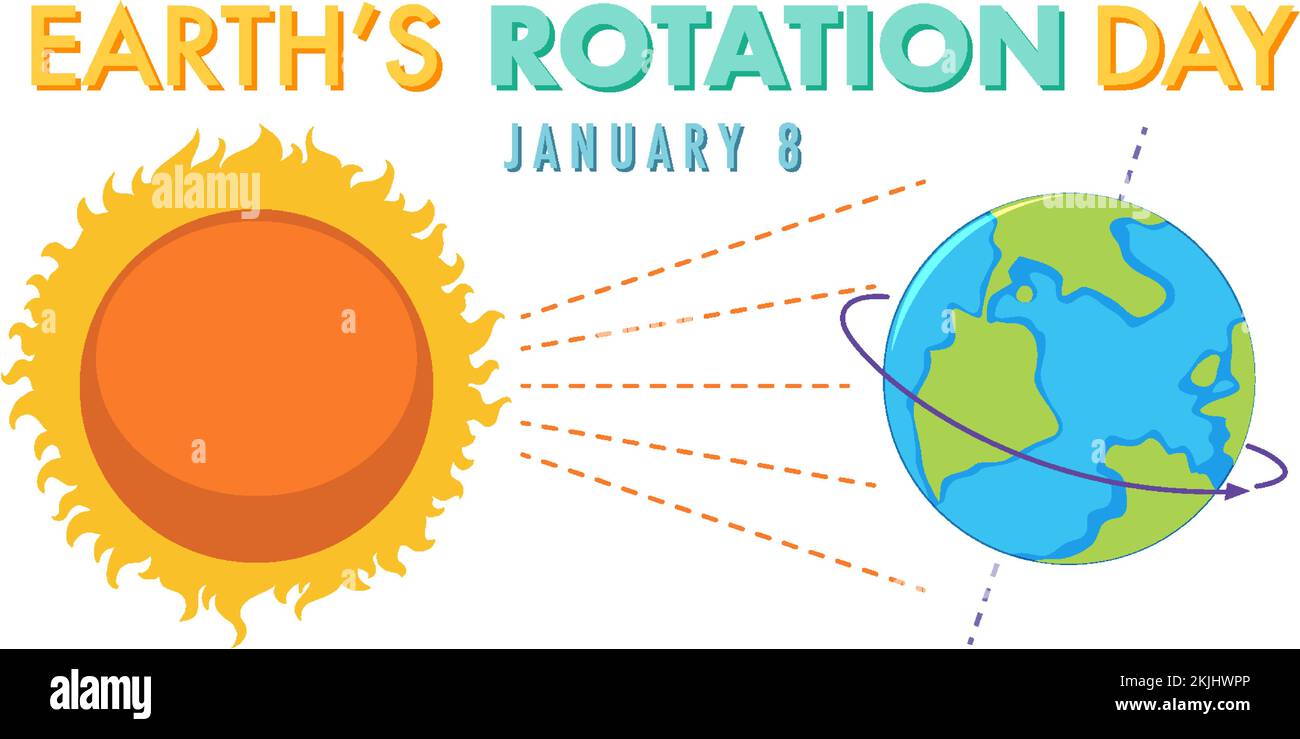

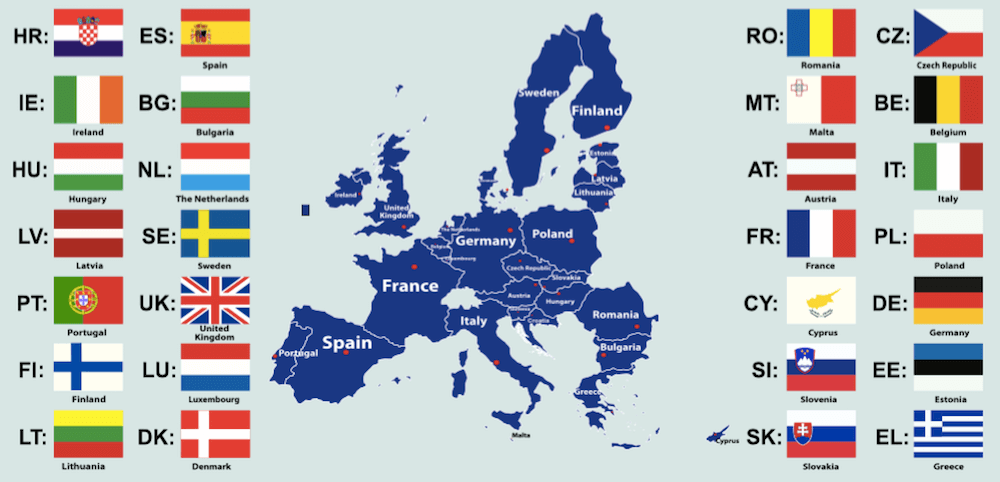
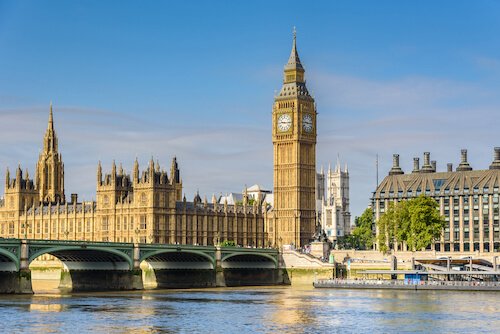
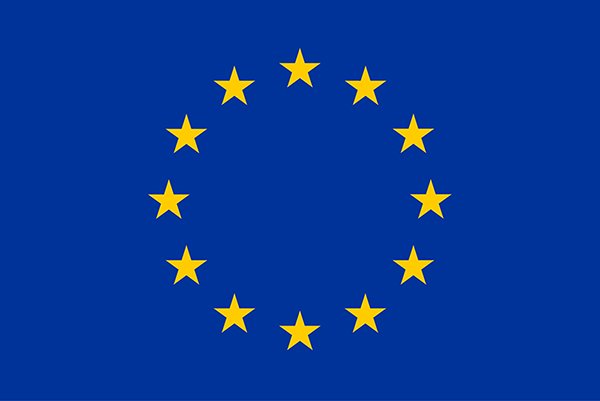
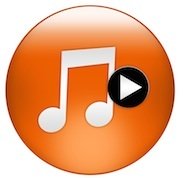
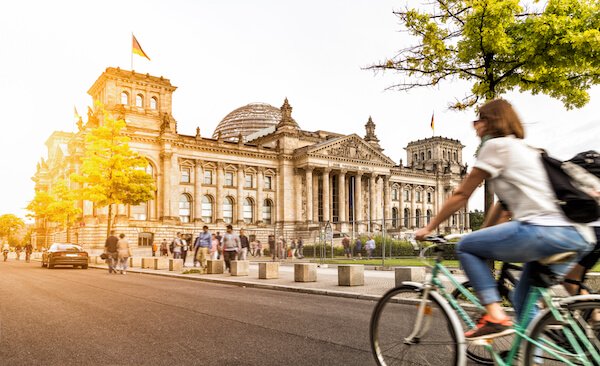
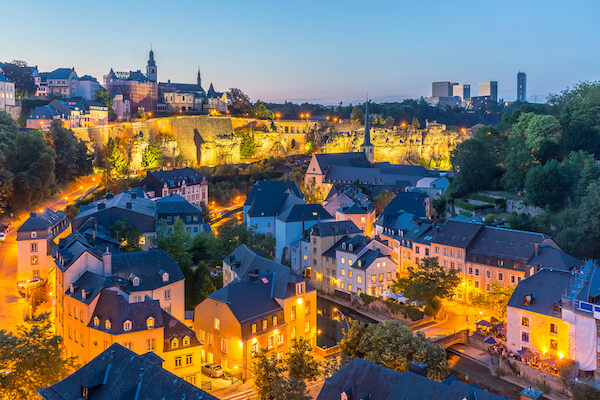
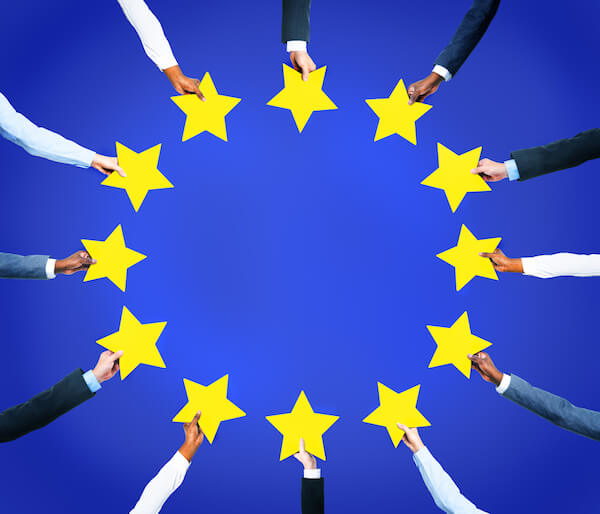
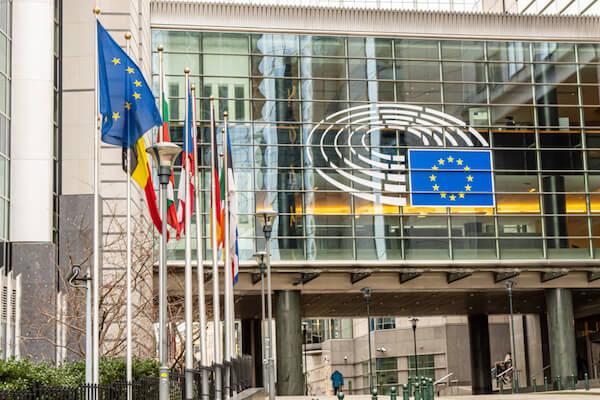

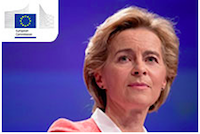
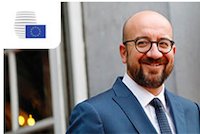

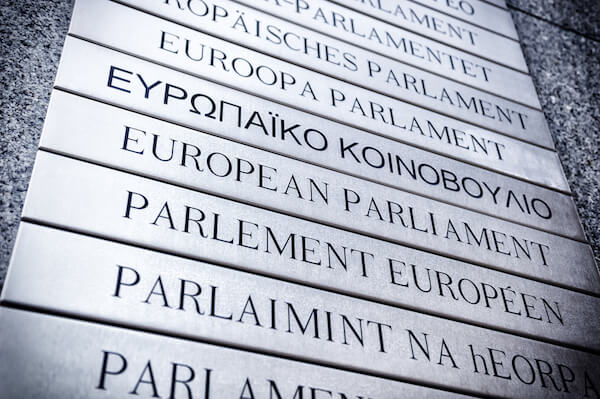

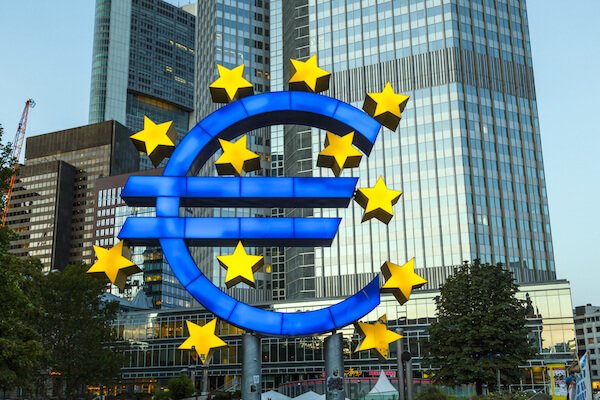

No hay comentarios:
Publicar un comentario